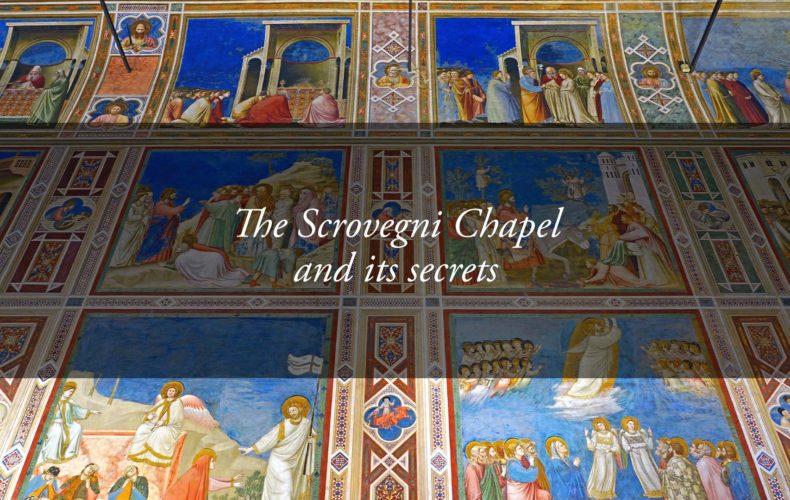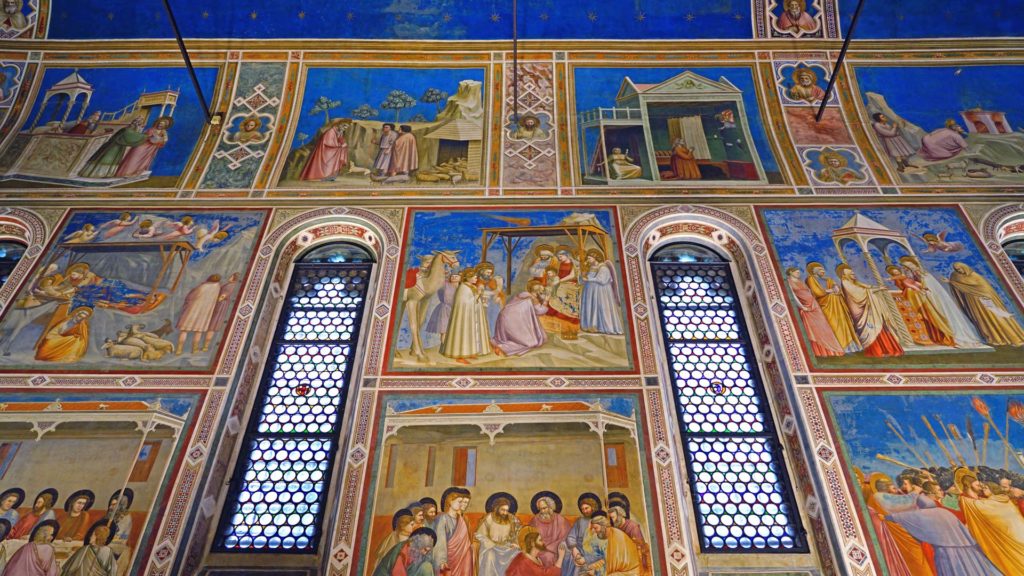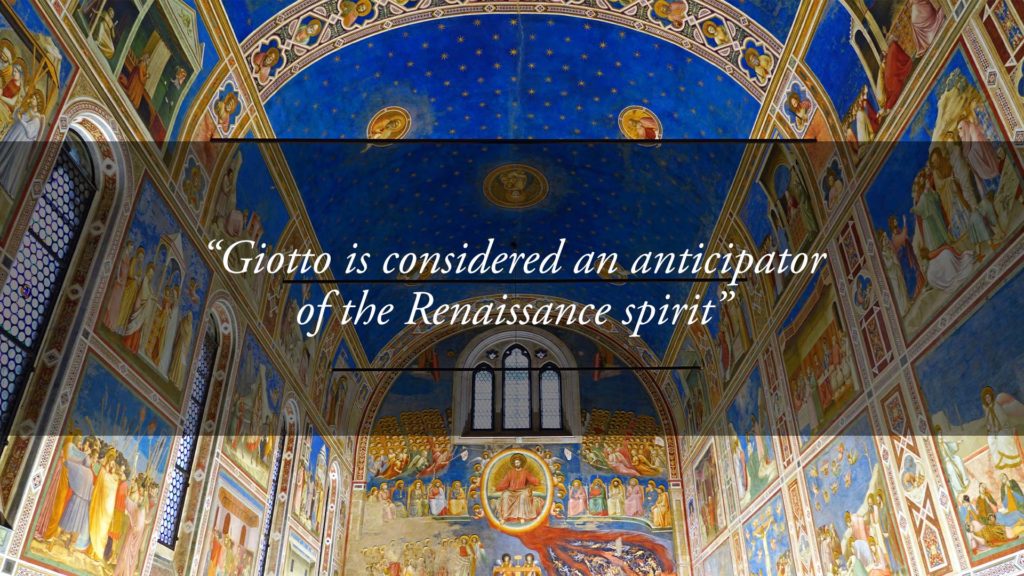
Padova, Giotto and the Scrovegni Chapel
With more than three hundred thousand visitors per year from all over the world, the Scrovegni Chapel, painted by Giotto between 1303 and 1305, is one of the main attractions of Padua, and the first one in art.
The Scrovegni Chapel is famous all over the world for its starred vault on an intense blue background. The Chapel is dedicated to Saint Mary of Charity and its walls are covered by the cycle of frescos with the stories of Anne and Joachim, Mary, Jesus, the Allegories of the Virtues and Vices and, on the wall opposing the altar, the Final Judgement that concludes the story of human salvation. The whole cycle is an art masterpiece and it is compared to all the other works made by the Tuscan master.
ICONOGRAPHY
The decorative project of the Chapel, built in 1301 by the wealthy banker Enrico Scrovegni as a private oratory annexed to his palace, was based on the inspirations of the Augustinian theologist Alberto da Padova. The iconographical cycle expresses a consistent and unitary story that you will discover while visiting the Chapel. You should plan your visit in advance and make a reservation.

The stories painted by Giotto represent Joachim and Anne’s lives, Mary’s life and the Annunciation and Visitation. Then, you will admire paintings from Jesus’ life on earth that end with the narration of the Pentecost.
Below those stories inspired by the gospels, there are the cycles of the classic four cardinal virtues (Prudence, Courage, Temperance, Justice) and three theological virtues (Faith, Charity and Hope) that are opposite the seven deadly sins (Pride, Greed, Lust, Envy, Gluttony, Wrath and Sloth) for reaching the Paradise.
Finally, the last scene of the painting cycle represents the Final Judgement with the vision of Paradise. The art historian and philologist Giulio Pisani reveals a detailed escaped to the previous critics and relevant to the representations of the four beasts positioned underneath the throne of Christ as Judge. Traditionally, the four beasts represent the evangelists but, in Giotto’s iconography, the beasts symbolize four attributes of Jesus. Pisani explains:
The bear and fish, the centaur, the eagle and the lion symbolize Jesus Christ in medieval culture, especially after 1000 A.D., during the Romanesque period, and they recall the oldest Christian tradition as they allegorically represent the baptism, the gift of immortality, the victory over death and justice.
THe style of frescos
Giotto was considered a sort of anticipator of the Renaissance spirit that will follow for a few centuries as he introduced, in his art, elements of naturalness, volume and expressiveness that broke clearly with the previous Byzantine mannerism.

One of the elements of great interest in the Scrovegni Chapel is the unitary design that included the scenes we described above as well as the divisions of the decorations and the simulation of architectonic details as an assembly and a whole vision that reveals the greatness of the artist and the maturity he reached in that moment of his career.
Therefore, a visit to the Scrovegni Chapel is a dutiful tribute to a real master of painting of all time in one of the contexts that best collected his spirit and legacy, a constant destination for millions of art lovers and curious people from all over the world.
To know more about the way the Hotel Tritone organizes the visit to the Scrovegni Chapel and other landmarks please write here or call (+39) 049 8668099.
